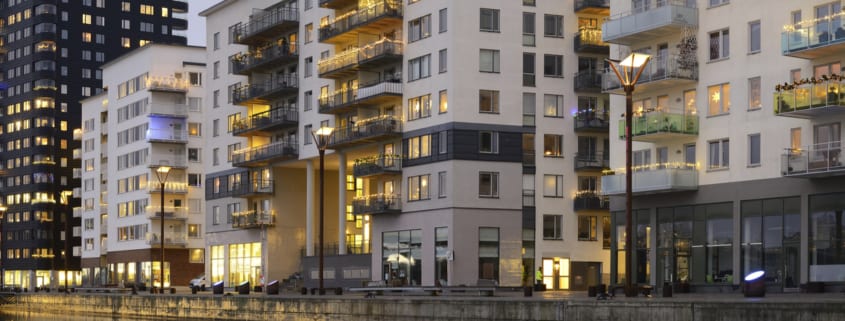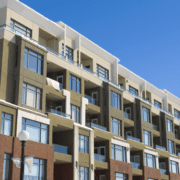3 Methods to Reduce Multifamily Vacancy Rates
Since the first quarter of 2018, the national vacancy rate for the multifamily asset class has remained at or near 4.7%. Despite a 0% net change in vacancy rate from Q2 2018 until now, rent growth is consistently trending upwards. Apartment demand in Q2 2019 spiked 11% from a year ago, resulting in an average rent increase of 3% to $1,390, nationally. This year, an estimated 280,000 multifamily units will be completed with the prediction that both resident and investor demand will remain strong.
This influx of new supply carries concerns over maintaining apartment occupancy. Continue reading to find out how to reduce vacancy rates in a potentially-saturated market.
Consider Class C Investments
While labor force shortages and apartment oversupply are a concern for many, the multifamily industry remains strong. As the over 200,000 new apartment completions occur this year, the problem is that the majority of this new inventory is Class A properties catering to high-income renters. Potential tenants who cannot afford these high prices are often priced out and forced to rent lower class, more affordable units.
Nationally, rents have grown faster than wages in most major United States metropolitan markets. Rising home prices and mortgage rates as well as new tax rules are amongst the top reasons for increasing apartment demands. Specifically, Millennials are driving this increasing demand for apartment living. The Great Recession’s lingering effects coupled with increasing student loan debt has had a substantial impact on Millennial’s renting patterns. In addition, millennials feel less pressure to make lifelong commitments such as marriage or having children, which has likely impacted their decision to postpone purchasing a home.
Much of the demand for new millennial households will focus on Class B and C properties. While Class B vacancy rates are expected to remain at the national rate of 4.7%, Class C apartments are predicted to tighten to 3.9%. Aside from Millennials, Class C properties attract a wide range including working-class individuals and downsizing Baby Boomers. Lower-class properties also create opportunities for an increase in Net Operating Income for investors through small, relatively inexpensive property upgrades such as dog parks or communal clubhouses.
Upgrade Amenities
The multifamily industry has been facing an “amenity war” caused by the multifamily industry boom, which occurred at the end of the Great Recession. With a 62% influence on a prospect’s decision to rent, amenities have become a crucial component in luring tenants to an apartment and increasing occupancy rates.
Communal space, business and leisure equipment, and smart-home tech are amongst the many amenities that multifamily properties can offer to attract tenants and decrease vacancy rates.
According to Building Design & Construction, over 75% of renters are willing to pay additional rent for technological features including security cameras, keyless entry systems and smart thermostats.
Today, amenity selections are largely driven by a focus on the Millennial cohort and their fascination with community and wellness. Internet-connected fitness centers with more than just free weights and mats have become more prevalent within apartment communities. Most tenants live busy lives with nontraditional work hours. On-site, luxury fitness facilities that operate 24/7 accommodate the varying lifestyles of each tenant.
With 75% owning dogs and 51% owning cats, Millennial tenants are requiring multifamily communities to offer pet-friendly amenities. A recent study found that pet-friendly amenities had the greatest impact on rent increases with the lowest cost to implement. Top amenities include dog parks, agility courses, pet spas and groomers, on-site doggy daycare, and dog walking services.
Research the Market
Vacancy rate is a key metric for determining the strength of multifamily housing for a specific market. Historical vacancy rate data is helpful when evaluating which stage of the rent and cap rate cycle the particular market and property type is in at the time of analysis.
In the first quarter of 2019, Boston, Los Angeles, San Francisco, Seattle, and New York were amongst the cities with the lowest vacancy rates at 3.6%, 3.9%, 3.9%, and 4% respectively. Cities with lower vacancy rates are often desirable since a high rate typically signals anoversupplied market and high investment risk.
While defining a “good” vacancy rate varies depending on the rental market in a specific area, a vacancy rate of 5-8% is considered to be average. However, rates below 5% provide justification for increased rents. Actively researching various markets can be crucial in avoiding areas with naturally higher vacancy rates.
To learn more about the multifamily asset class regarding vacancy/occupancy rates, read Using Tenant Experience to Boost Occupancy.











